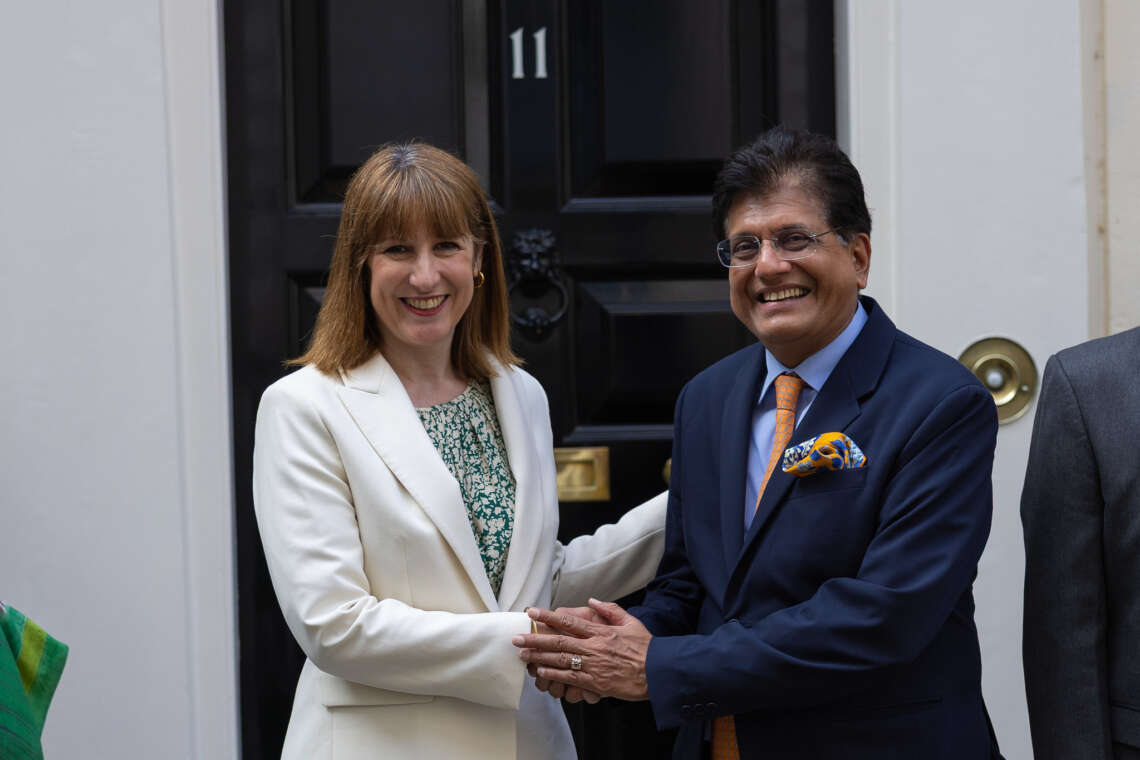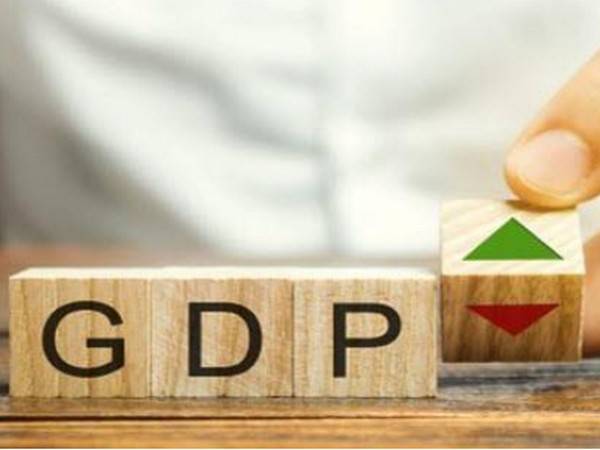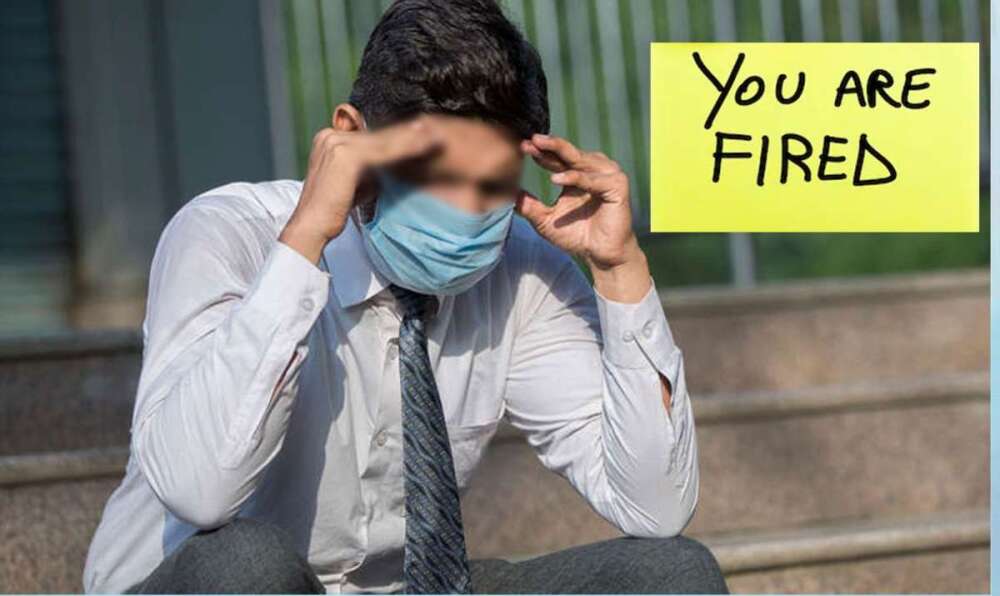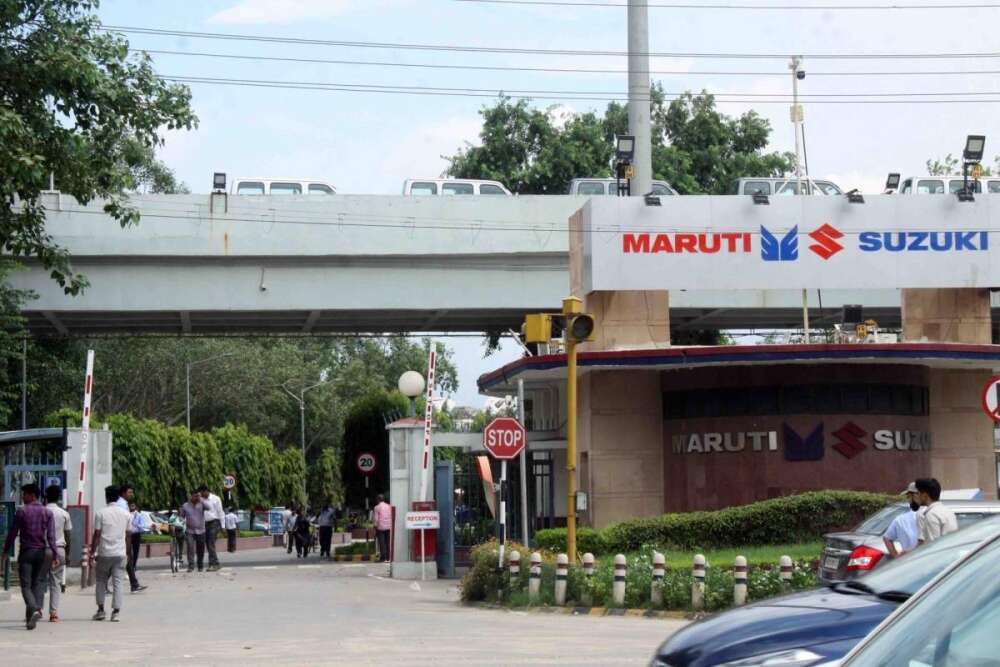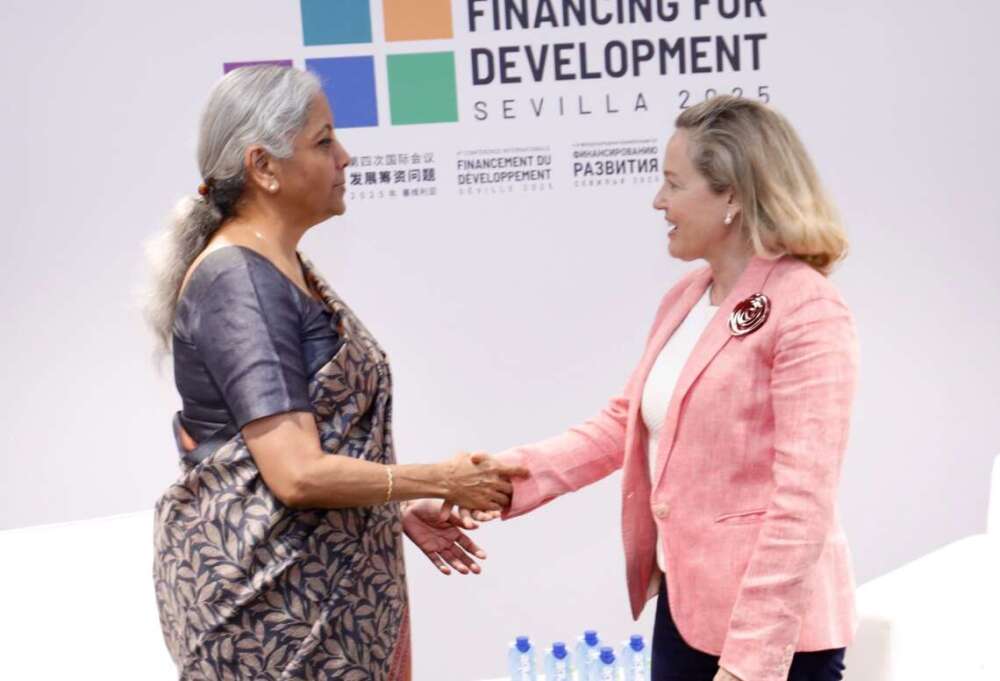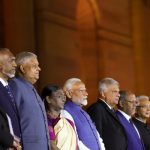Currently, nearly eight out of 10 social media users in India use social commerce to make purchases, according to the report by Accenture…reports Asian Lite News
Driven by Gen Z and millennial users, shopping on social media platforms is likely to reach $1.2 trillion globally by 2025, and highest growth will be seen in developing markets such as India and Brazil, a new report showed.
China will remain the most advanced market both in size and maturity in the social commerce space that will account for 17 per cent of all e-commerce spend by 2025.
Currently, nearly eight out of 10 social media users in India use social commerce to make purchases, according to the report by Accenture.
“Despite being a mature market, almost half of consumers in India are making more impulse purchases than planned purchases,” the findings showed.

Users from India are more than twice as likely to sell on social platforms compared to users in the US and the UK.
“Shoppers in China, India and Brazil care more about features that help them discover and evaluate potential purchases — both areas where social features enhance the existing experience,” the report mentioned.
Gen Z and millennial social media users will account for 62 per cent of global social commerce spend by 2025.
Millennials alone will account for nearly $401 billion of social commerce spend by 2025.
“Driven by mobile-first consumer preferences and the launch of new hyperlocal social commerce platforms, the emerging success of social commerce in India is a testimony to the power of people and communities,a said Anurag Gupta, Managing Director and Lead — Strategy & Consulting, Accenture in India.

“To take advantage of this growing opportunity, it will be crucial that these social commerce platforms offer consumers the right experience built around trust and satisfaction, and broaden their appeal through the use of local languages and video interfaces,” Gupta elaborated.
More than half (59 per cent) of social buyers surveyed said they are more likely to support small and medium-sized businesses through social commerce than when shopping through ecommerce websites.
Furthermore, 63 per cent said they are more likely to buy from the same seller again, showing the benefits of social commerce in building loyalty and driving repeat purchases.
“Half of social media users surveyed, however, indicate they are concerned that social commerce purchases will not be protected or refunded properly, making trust the biggest barrier to adoption, as it was for e-commerce at its beginning,” the report noted.
By 2025, the highest number of social commerce purchases globally are expected in clothing, consumer electronics and home decor.
Fresh food and snack items also represent a large product category (13 per cent) although sales are nearly exclusive to China.
“Beauty and personal care, although smaller in terms of total social commerce sales, is predicted to quickly gain ground on e-commerce and capture over 40 per cent of digital spend on average for this category in key markets by 2025,” said the Accenture report.





